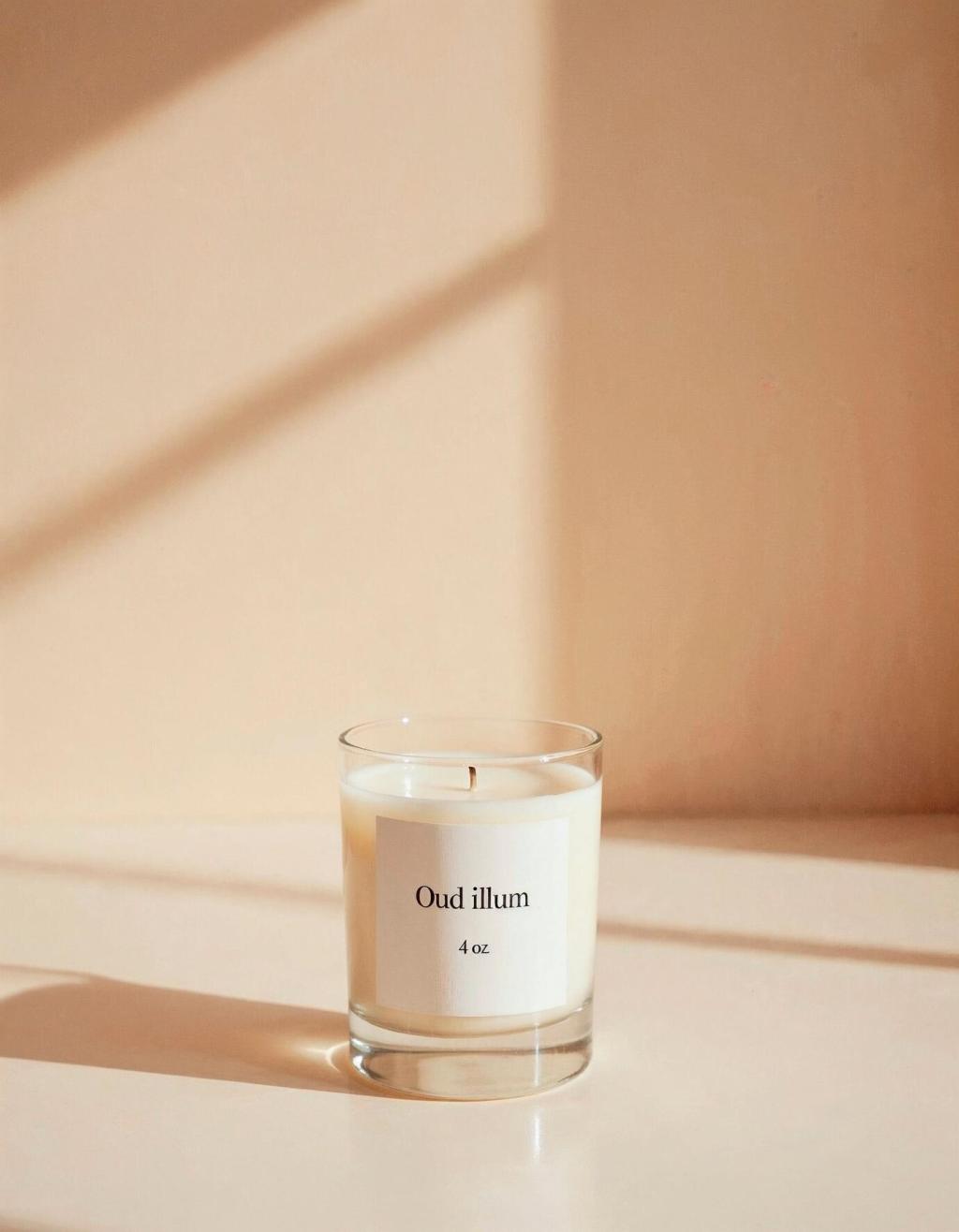Designing a Minimalist Home: Tips and Inspirations
Embracing minimalism in home design is not simply about empty spaces and sparse furniture; it’s a purposeful approach to creating environments that promote tranquility, functionality, and intentional living. Minimalist homes are defined by clean lines, a restrained palette, and thoughtfully chosen decor, all contributing to a calm and inviting atmosphere. Whether you’re drawn to minimalist principles for their visual appeal, the ease they bring to daily routines, or their ability to declutter the mind, this guide offers the essential insights and inspiration to help you create a space that feels open, modern, and distinctly personal.
Foundations of Minimalist Design
Minimalism reaches beyond interior aesthetics; it’s a lifestyle that champions intentionality and restraint. At its core, the minimalist philosophy encourages individuals to let go of excess—both physical and mental—by curating possessions and spaces with thought and purpose. This means choosing furnishings and decor items not out of habit or trend, but with consideration for their function, beauty, and how they support wellbeing. Embracing minimalism is an ongoing process, requiring regular reflection on what brings value to your life. The goal is to design environments that foster clarity, peace, and a sense of freedom from unnecessary clutter.


Embracing Clean Lines and Simple Silhouettes
Clean lines are the hallmark of minimalist furnishings. Opt for pieces with simple silhouettes, avoiding ornate detailing or excessive embellishment. This doesn’t mean the design has to be boring; well-crafted furniture with subtle contours and sophisticated finishes can bring elegance and interest to any room. Sofas, chairs, and tables with unadorned frames create a look of softness and order, directing attention to form and proportion. When pieces aren’t competing for attention, the result is a calm and harmonious space that feels inviting as soon as you walk in.

Investing in Quality Over Quantity
In a minimalist setting, every piece of furniture is on display, so choosing high-quality, durable items becomes especially important. Fewer but better pieces is an axiom to live by; select timeless materials such as solid wood, metal, or natural fiber that can withstand daily use and gracefully weather changing trends. This approach not only enhances the longevity of your furnishings but also minimizes the need for replacements over time. Sustainable choices contribute to a more meaningful and sustainable home environment, where possessions are valued for their longevity and story.

Multi-functional and Integrated Storage Solutions
Minimalist homes stay clutter-free through the clever use of integrated storage. Furniture that serves more than one function—like ottomans with hidden compartments, wall-mounted shelves, or beds with built-in drawers—helps maintain tidy surfaces and open floors. Incorporate storage solutions that blend seamlessly into the overall design, maintaining an unbroken visual flow. This integration allows you to conceal everyday items when not in use, highlighting the clean, uncluttered lines central to minimalist living, while keeping essentials easily accessible.

Maximizing Natural Light
Making the most of natural light is foundational to any minimalist home. Large, unadorned windows and glass doors allow daylight to flood living spaces, cultivating warmth and openness. To further amplify luminosity, avoid heavy drapes or dark window coverings; instead, use light, sheer fabrics that diffuse sunlight gently. Position reflective surfaces, such as mirrors or metallic decor, to bounce light deeper into rooms. The resulting atmosphere feels not just brighter, but also more cheerful and energizing—a perfect backdrop for the uncluttered, tranquil mood of minimalism.
Strategic Use of Mirrors and Reflective Surfaces
Mirrors are powerful tools for enhancing a sense of space in minimalist interiors. Thoughtfully placed, they can visually double the perceived size of a room by reflecting corners, windows, or scenic views. Choose mirrors with streamlined frames, or go frameless for a barely-there elegance that aligns with minimalist ideals. Reflective surfaces in furniture or decor, such as glass tabletops or metal accents, can similarly catch and disperse light, reducing visual weight and deepening the feeling of openness. These subtle touches not only create intrigue but also contribute to an ever-changing interplay with natural light.
Maintaining Open Floor Plans
An open floor plan is the ultimate expression of minimalist living, blurring the boundaries between rooms and enhancing freedom of movement. By eliminating superfluous partitions and obstacles, you create a seamless flow where each space supports different activities without unnecessary division. Layouts that connect kitchen, dining, and living areas make social gatherings effortless and everyday interactions more meaningful. Open plans also benefit from unified color schemes and surfaces that run uninterrupted, reinforcing a feeling of togetherness and spaciousness while accommodating the evolving needs of modern life.
